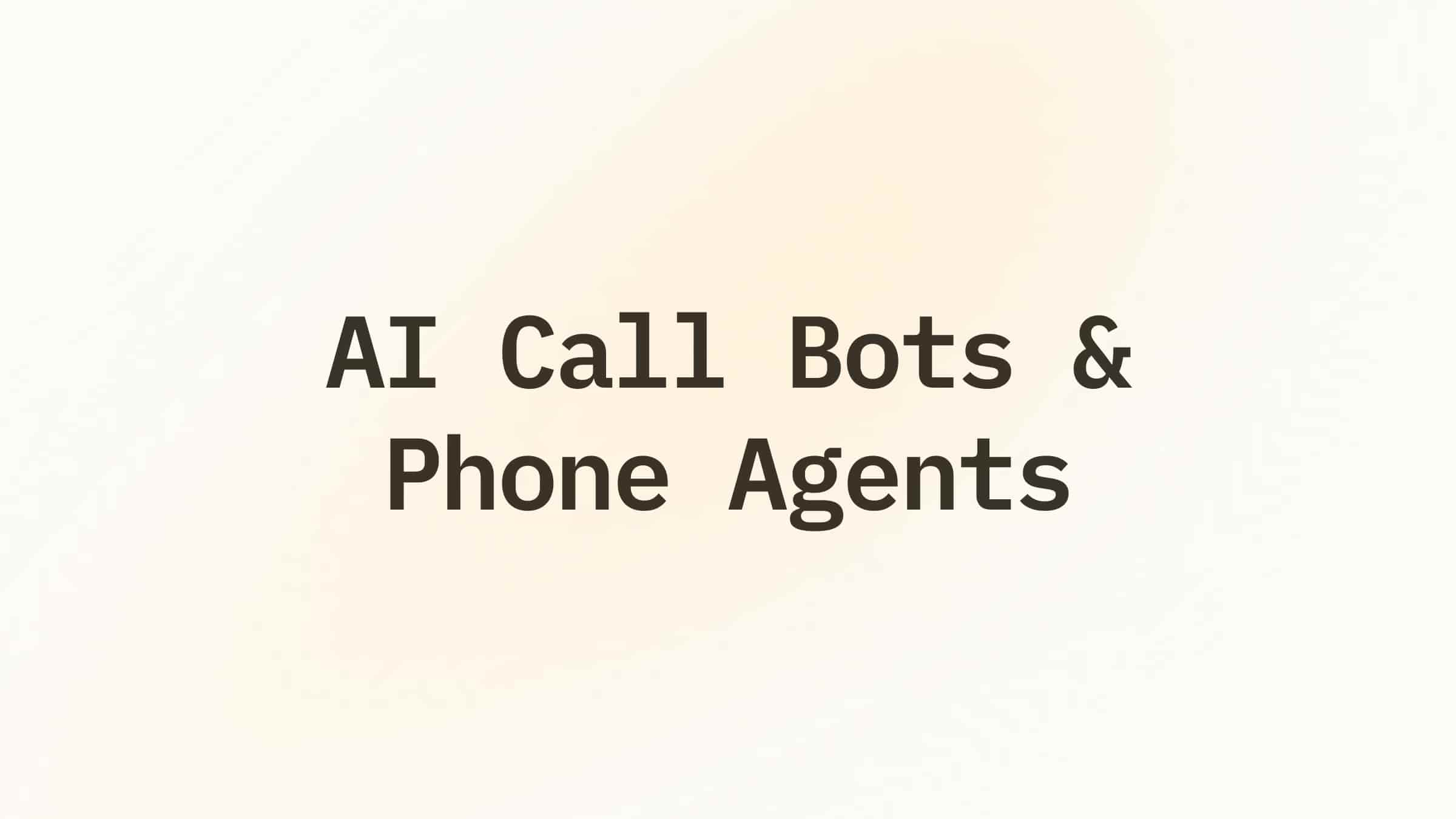You’re probably familiar with those robotic customer support chatbots that feel like you’re talking to a brick wall. But AI is already getting smarter, better, and faster.
New AI-powered customer support tools like Lindy use advanced language models to have natural conversations, with 24/7 availability in almost any language for a fraction of the cost.
But are they reliable? Are AI support tools finally for primetime – and your clients?
In this article, we’ll go over:
- What are customer support AI tools, and how do they work?
- What do you get from using AI?
- What are the major players in the AI customer support game?
- Are there any downsides to AI customer service tools? How do you offset them?
Time to get started!

What are customer support AI tools, and how do they work?
Customer support AI tools use artificial Intelligence and natural language processing to handle customer service queries.
They allow companies to automate common support tasks like answering basic questions, handling refunds or returns, and managing account issues.
Here are the main types of AI customer support tools:
- Helping out automatically: Leveraging AI and natural language processing, these tools take on routine customer queries—from FAQs to transactional tasks like returns, freeing up human agents for the more complex stuff.
- Chatbots, everywhere: Ubiquitous chatbots, powered by AI, engage customers across digital channels, providing instant answers and guiding them to the right resources. Innovators like Tidio and Zoho are at the forefront, offering sophisticated chatbot solutions.
- Virtual agents are stepping up: A notch above, virtual agents deploy deeper natural language understanding to tackle nuanced inquiries, managing end-to-end interactions for straightforward issues. Tech-savvy companies such as Lindy shine with their cutting-edge virtual agent tech.
- Humans backing AI: The pinnacle of AI customer support involves human oversight, making sure AI's reach doesn't exceed its grasp. This human-in-the-loop model guarantees that when AI stumbles, a real person is there to catch the fall, keeping the customer experience smooth and efficient.
Why use AI for customer support?
There’s plenty to love about AI customer support tools:
- Budget-friendly boosts: AI's on the job 24/7 at a fraction of human agent costs, tackling simple, repetitive questions and freeing up humans for the tricky stuff.
- Language no barrier: With the knack for nearly any language, AI breaks down global communication walls, offering support in the native tongue of your international clientele.
- Always on call: These digital helpers don't clock out, delivering instant support at any hour, keeping customer satisfaction high around the clock.
- Smart gets smarter: Every interaction polishes their skills. Over time, AI evolves into a sharper, more effective support tool, fine-tuning responses and understanding customer quirks better.
Who are the major players in the AI customer support game?
With AI customer support making big media waves, it’s no understatement to say that people are spoiled for choice. But which tools are the real deal, and who are the major players in this game?
In 2024, they are:
- Lindy completely rewrites the customer support rulebook with AI agents, allowing you to customize several support agents which can talk to each other, work together and even be overseen by a rule-abiding AI manager. Lindy boasts integrations with over 400 3rd party tools, speaks over 50 languages and even learns and improves with every interaction, automatically.
- Zoho Desk introduces Zia, a smart AI chatbot for seamless customer interactions, powered by insightful automation. Zia comes to life on its app (or website), tailoring responses to customer moods, and keeping a close eye on team performance.
- Nextiva's Conversational AI merges multiple communication channels into a single cloud-based platform, enhanced by the smarts of Google Dialogflow and IBM Watson. Understands customer requests right off the bat, learns from interactions to improve service, and smartly routes conversations to guarantee precision handling.
- Churn360 focuses on SaaS and B2B markets, using its AI bot "Eddy" to transform customer data into actionable insights to minimize churn. Alerts you to potential customer drop-offs for timely interventions, offers a comprehensive view of the customer journey and enables efficient management through segmentation.
- Intercom's AI bot, Fin, leverages advanced language models to elevate customer support interactions, making them feel incredibly human-like. Fin gets relevance by sourcing answers directly from your help center and integrates seamlessly with your support inbox for easy oversight. Custom Answers allow for prioritized, tailor-made responses.
- Freshdesk boosts customer service efficiency with Freddy AI, despite facing language and comprehension limitations. Freddy extends across multiple platforms for widespread support, offers customizable service through Copilot, and harnesses insights to enhance team performance. Directs customer inquiries intelligently for quick, accurate resolutions.
{{templates}}
The downsides of AI customer service (and how the best AI tools counter them)
While AI-powered customer support tools bring efficiency to the table, they're not without their glitches.
Luckily, the crème de la crème among these tools are equipped to mitigate such challenges:
- Keeping a human touch: AI might slip up in judgment. Inserting a human in the loop, as Lindy does, allows for real-time supervision and correction of AI decisions.
- Guarding against bad actors: Crafty inputs can derail AI, but top tools wield advanced natural language understanding to stay on track. Lindy's managerial eye keeps a close watch, ensuring conversations remain on the up and up.
- Breaking the robot mold: Gone are the days of monotone AI responses. Modern solutions offer natural-sounding chatter, with options to tailor the AI's vibe to match your brand's voice.
- Filling the experience gap: AI can't riff on company culture or in-jokes... yet. Feeding it a steady diet of your internal docs and team chats helps bridge that gap, making for more authentic exchanges. Lindy, for example, can tap into your team's brain via Slack for that extra bit of insider knowledge.

{{cta}}
Summing up
Many AI customer support tools aren’t perfect – yet. But the best-of-the-best? You bet they are!
You just have to find one that fits your needs, do your homework, and set it up right, and it can absolutely be ready to tackle even the hardest customer queries.
For a fraction of the cost of human reps, you could have an AI representative working 24/7/365. And as the tech keeps advancing, these tools will only continue to improve!


















.jpg)
.png)
.png)


.png)
.png)